Request a Demo
Trusted by leading brands, retailers, manufacturers and service providers across industries such as:


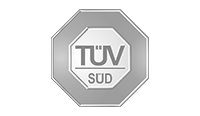
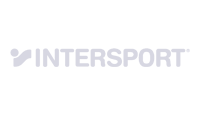

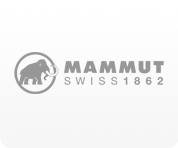





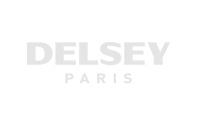
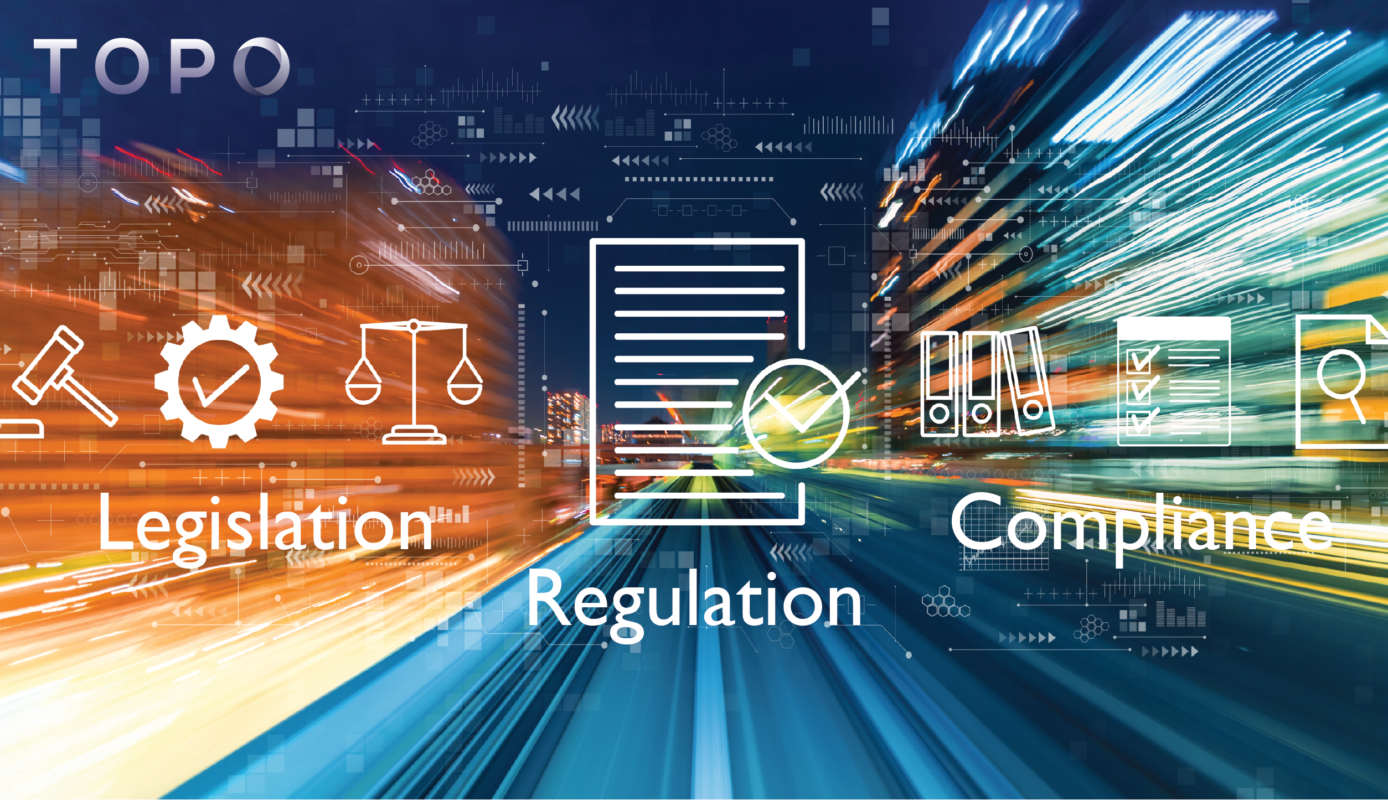
Where there is minimum visibility into the many layers of manufacturing and assembly that products pass through there is business risk. Beyond the need to ensure social responsibility and environmental protection, there is also a significant financial risk for companies who do not exercise due diligence in their supply chain practices.
An immediate problem area is the complex and opaque supply chains that run through China, the world’s largest industrial hub. Raw materials and components come from fields and mines where workers are employed, some under inhumane conditions, to create the goods we consume every day. The US, like other countries, is continuing to introduce legislation to help combat social injustices and minimize the environmental impact of the products they import and consume. Issues that are in focus besides labor are deforestation, carbon emissions, energy consumption, water use and misleading claims.
Across the world, new legislation is being passed and others updated to combat these practices. In Europe, some laws are at country level, e.g., Germany, Belgium and France while others are at EU level. Beyond Europe, Australia and the UK already require companies of a certain size to report annually on their sourcing activities.
In the US, similar legislation is already in place, and more is being introduced. The aim is to expose and eradicate bad supply chain practices through new environmental, social and governance (ESG) reporting requirements. The Uyghur Forced Labor Prevention Act has been in force since June 2022. At state level, the NY Fashion Sustainability & Accountability Act is still in its proposal stage. Other state and federal laws will follow. All of them will require organizations to track the provenance of products and declare their source.
This Act is designed to eliminate the use of forced labor, specifically in imports from the northwest region of China. The UFLPA presumes that any product partly or wholly made in the area to be linked to Uyghur labor camps. Goods may be stopped at the U.S. border until importers can produce “clear and convincing evidence” evidence that their supply chains do not involve the use of forced labor.
The fashion and textile industry is significantly affected by the new law. But the impact is more widespread, it effectively applies to all raw materials and finished products being imported to the USA from the specified region. US manufacturing industries that are using raw materials and components sourced, mined or farmed in northwest China are impacted. Direct imports from the region have reduced considerably but many raw materials such as hops, cotton and food additives are still supplied from there to manufacturers in other parts of China and around the globe.
As an importer, you need to have measures in place to ensure that your goods are not produced wholly or in part using “convict labor, forced labor, and/or indentured labor (including forced or indentured child labor).” Full visibility is required to track every activity in the supply chain to confirm that forced labor was not used at any stage.
Importers are required to implement supply chain tracking systems at all levels of their supply chains or risk the withholding and seizure of incoming goods. Companies are required to:
Goods which are suspected of using forced labor at any tier of the manufacturing process will be subject to a Withhold Release Order (WRO). Importers have 30 days to respond to a WRO with “clear and convincing evidence to rebut the presumption that merchandise was produced with forced labor”. Where clearance is not granted, goods must be destroyed or exported. U.S. Customs and Border Protection (CBP), which is responsible for inspecting and detaining goods at the ports, is undergoing a large expansion in budgets and staffing to cope with this Act.
Companies importing from China are encouraged to review the CBP UFLPA Guidance to assess where they need to improve their compliance and responsible sourcing programs.
The NY Fashion Sustainability Act, commonly known as The Fashion Act has not yet been signed into law but is the first US law brought forward to explicitly place sustainability requirements aimed at large fashion companies. The deep level of supply chain tracing that will be required to comply is in line with the UFLPA requirements. However, in addition to managing social compliance for each step of their manufacturing and procurement process companies will need to disclose environmental impacts as well.
The Fashion Act is specific to manufacturing organizations and fashion retailers that do business in New York State (NY) and have global revenues above US$100 million. This includes any business active in the apparel and footwear industry in NY, regardless of company headquarters location.
Companies will need to disclose environmental and social metrics throughout every level of their supply chain. They will be required to disclose their environmental and social due diligence policies and results. In addition, they are required to establish a funded and verifiable community benefit program. The main points of compliance are like those related to the UFLPA but will be wider reaching and more stringent:
Companies found to be not compliant will be subject to fines up to 2% of their total annual revenue. Fines collected will be deposited to a community fund and distributed by the New York Department of Environmental Conservation to be used for environmental justice projects. Companies will be expected to establish a funded and verifiable community benefit program.
Regardless of the scope and extent of specific environmental, social and governmental (ESG) laws that are emanating rapidly across the globe, it is becoming clear that organizations will be required to closely monitor every activity in their supply chain. Even though the details may vary by country or region, compliance hinges on detailed supply chain visibility and tracing sources. In addition to the UFLPA and Fashion Act, some of the most recent and relevant are:
Companies need to formulate a supply chain management framework and process and implement it. It should be detailed enough to meet compliance requirements and agile enough to adapt as legislation evolves. Continuous due diligence is required to prove that you are not contributing to the abuse of labor and are not adversely affecting the environment.
Even though it is a big ask, compliance and supply chain transparency is possible. Compliance with the ever growing number of laws is difficult but essential. The good news is that technology solutions providers have developed tools and techniques to support companies that need to meet these requirements.
Data drives transparency. The technology deployed should include solutions that capture and translate the useful data. The cadence of this data collection should be aligned and turned into actionable insights to meet the requirements of these laws.
You must be able to produce reports that will fulfil the legal requirements of both the US and other jurisdictions, now and as things continue to evolve.. The extra good news is that the consumers who demand visibility and insights into the products they buy will get the answers they need.
Reach out to us to learn if your supply chain is compliant enough to thrive alongside the emerging legislation landscape.